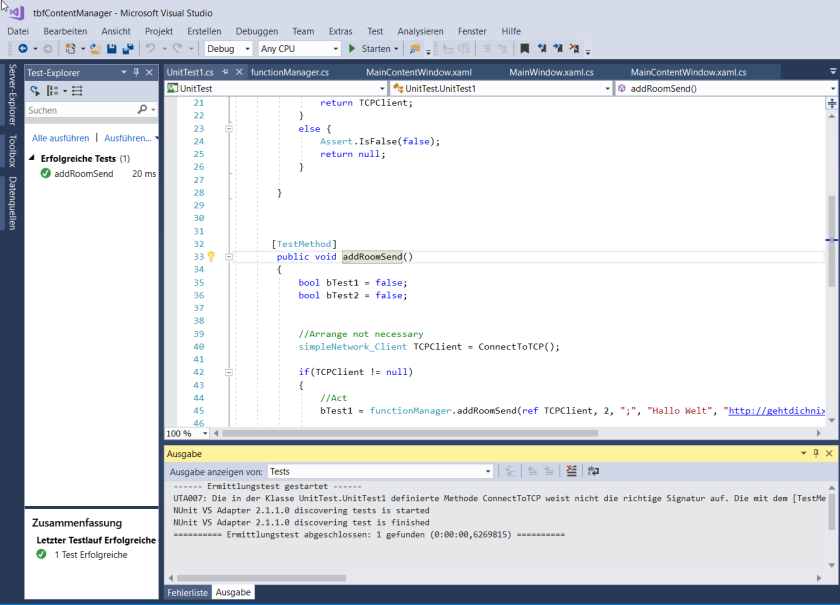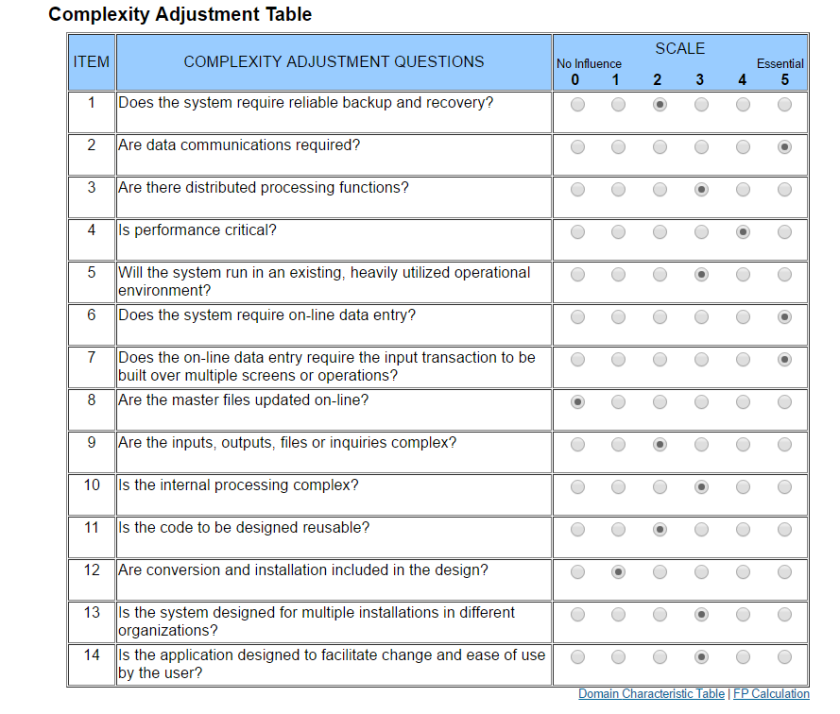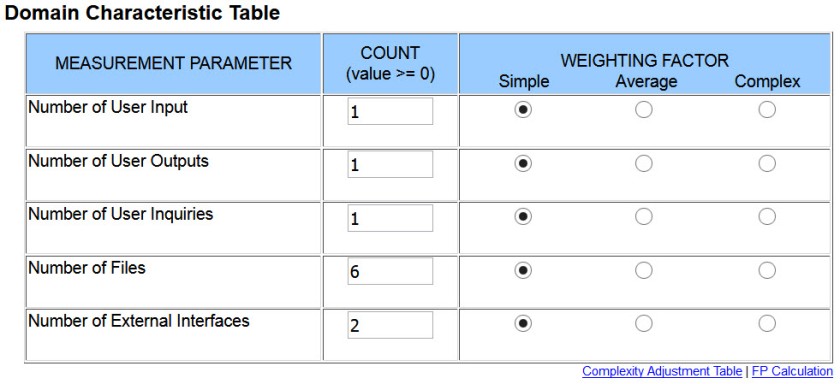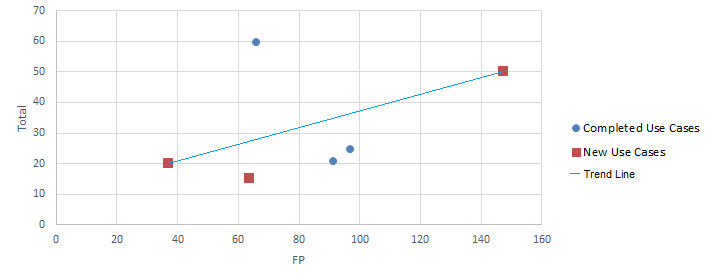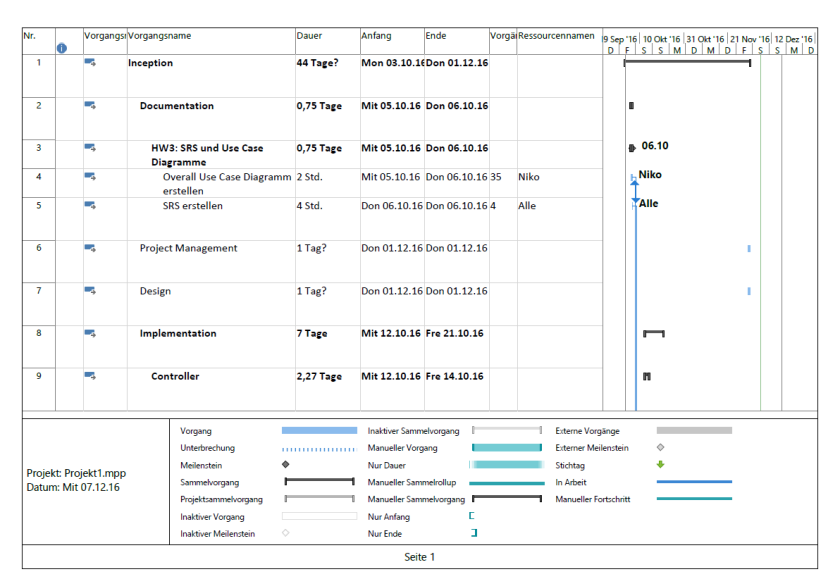Hi there!
We, Niko, Lars and Avelina, are students at the cooperative university of Karlsruhe.
The semester is now over and here are our results of the project.
Requirements |
|
| UC | |
| SRS | |
| Test Cases |
|
| Test Log
Test Coverage |
|
| Test Plan | |
| Functional Test |
|
| Unit Test and Test with enduser | |
Project Management |
|
| RUP gantt chart (past)
future long-term plan using FP estimation Hours/ team member Team roles |
|
| Jira / burndown | |
| FP calculation | |
Ability to Execute |
|
| Demo |
Download .apk on your smartphone and install it! |
| Code | |
Quality |
|
| Architecture
SAD document |
|
| Configuration Management/ Environmental Setup |
|
| Metrics | |
| Risk Management | |
| Automated Testing
Automatic with deploy |
|
| Pattern | |
Other: |
|
| Presentations | |
| Blog entries |
|
Here you can find our blog as PDF with all comments.
And here you can find our all documents as a .zip.
Greetings
WhiteCode!!!
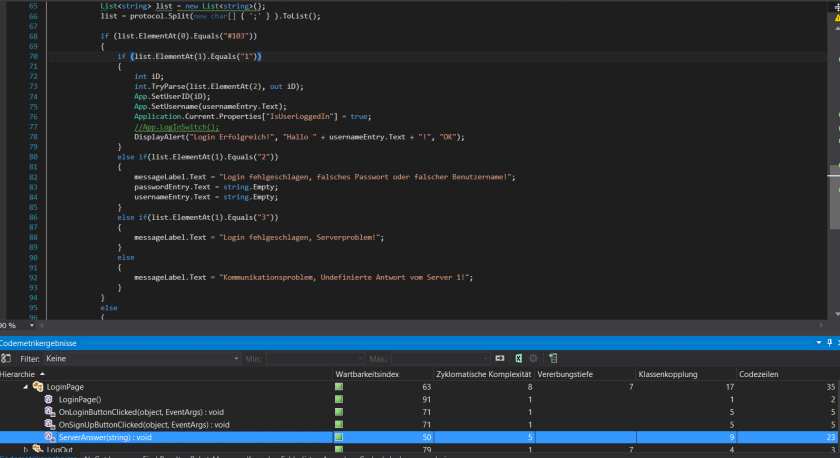
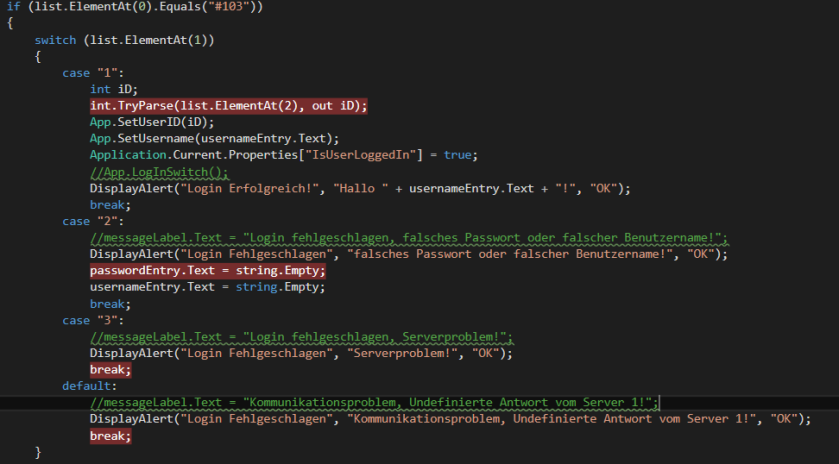
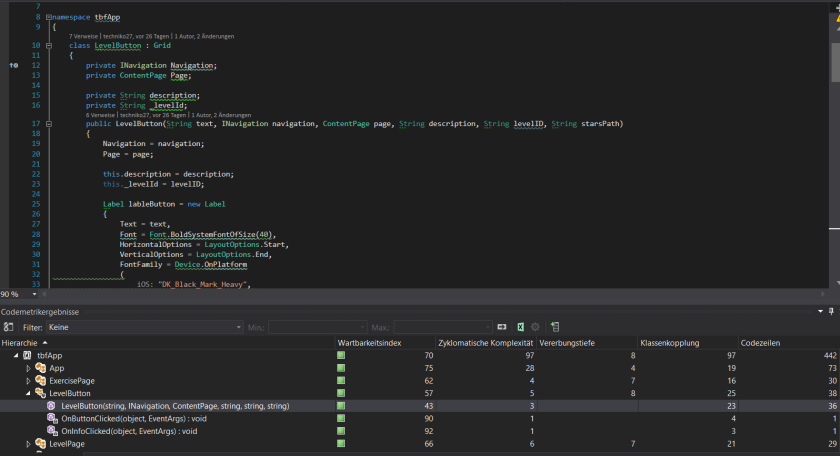
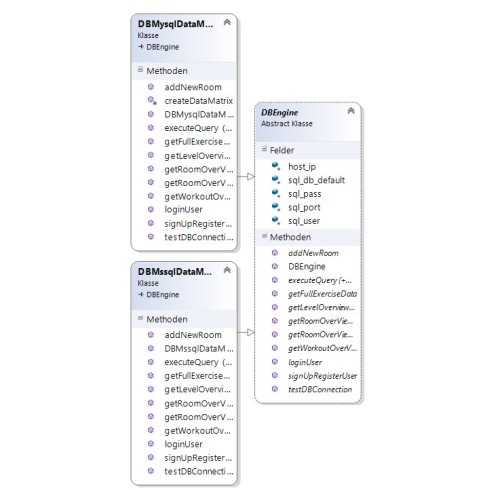
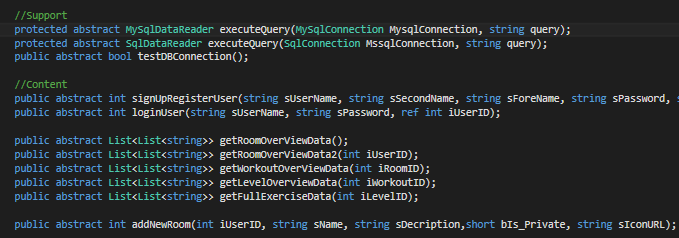 The next image shows an example usage in the MysqlDataManager, which extends from the DBInterface
The next image shows an example usage in the MysqlDataManager, which extends from the DBInterface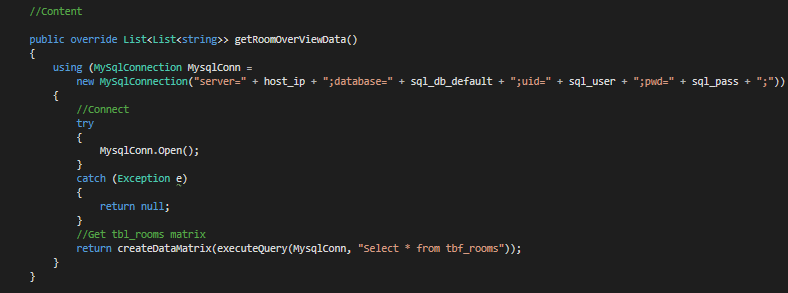
 (Please note, that this image is older and do not contain the actual telegram functions or database interactions. Therefore its more compact for a better overview!)
(Please note, that this image is older and do not contain the actual telegram functions or database interactions. Therefore its more compact for a better overview!)